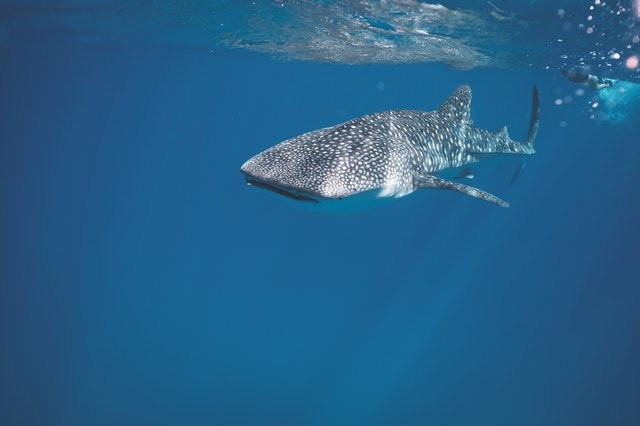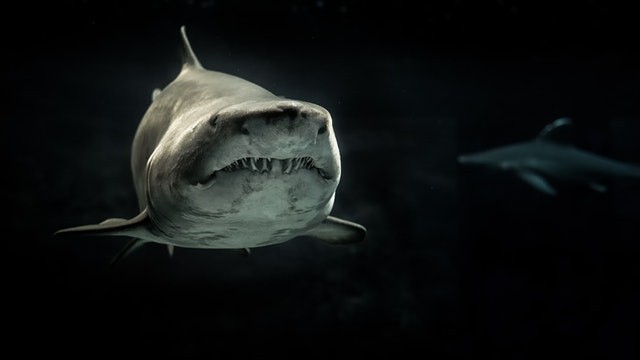Breton, a 1,400-pound great white clearly likes the waters of the Jersey Shore. The shark got a taste of South Jersey when it was sighted in the Cape May area on Monday. Breton has migrated north to humans' neighborhood.

Breton
The Ocearch Shark Tracker pinged the shark of 13 ft. just 3 miles off the coast of Brick at 7:36 AM on Friday morning. As per the map, the shark was just east of the Mantoloking Bridge.
Obviously, Breton has gone through quite a journey. Ocearch in Nova Scotia initially tagged the great white last year. The name Breton was derived from Cape Breton where the shark was tagged.
I know what you might have in mind. "Matt, it's the ocean. Sharks inhabit the ocean. Why is this surprising?" It's actually not surprising. The alarm bells are not been rang. But isn't it interesting that a creature weighing 1,400-pound was just 3 miles off the coast?
While Shark Week is enjoyable, it usually increases the fear of sharks. There are crucial facts everybody should bear in mind.
Are Sharks Less Harmful to Humans?
Mostly, yes. The majority of more than 400 species are not as big as most humans. In fact, sharks possess natural instincts to steer clear of people.
Do they Prey on Humans?
Sharks don't prey on humans intentionally. Seals and tuna are sharks' best prey. Interestingly, sharks will normally never make an attempt to consume an animal not smaller than they are. Again, a greater number of sharks are smaller than humans.
What are the Chances of Sharks Killing Humans?
1 in 3.7 million. You are in a better position to hit the lottery. Shark attacks or bites take place more but are still very uncommon.

Features of Shark
Shark, any of the diverse species of cartilaginous fishes that have a predatory behavior and make up the order Selachii and class Chondrichthyes.
This creature along with rays and skates form the subclass Elasmobranchii of the Chondrichthyes. Sharks are different from other elasmobranchs, however, and they look like normal fishes, in their fusiform-shaped body and in the positioning of their gill clefts on every side of the head.
Sharks are exceptions, they normally possess a hard skin that is dull gray in color and toothlike scales roughens their skin. They also usually possess an asymmetrical, muscular, upturned tail; v-shaped fins; and a pointed snout protruding forward and over a crescentic mouth set with sharpened triangular teeth.
Sharks does not possess any swim bladder and must swim constantly so that it won't sink to the bottom.
There are over 400 existing species of sharks, grouped into 14-30 families by taxonomy, as per different authorities. Some bigger species can be dangerous to humans. A lot of sharks are fished commercially.
Related Article: Stunning Beach in Brazil Has Highest Rate of Shark Attacks in the World
For more news, updates about sharks and similar topics don't forget to follow Nature World News!
© 2025 NatureWorldNews.com All rights reserved. Do not reproduce without permission.





